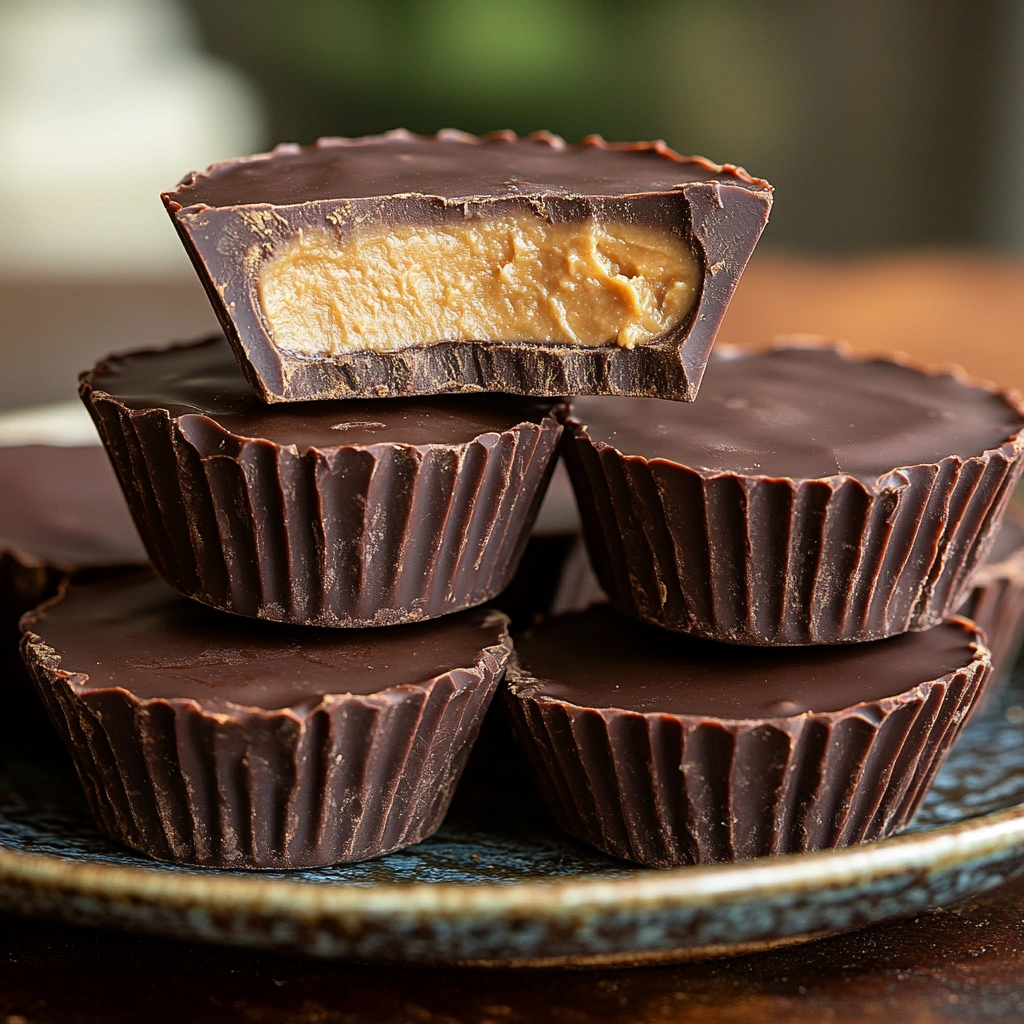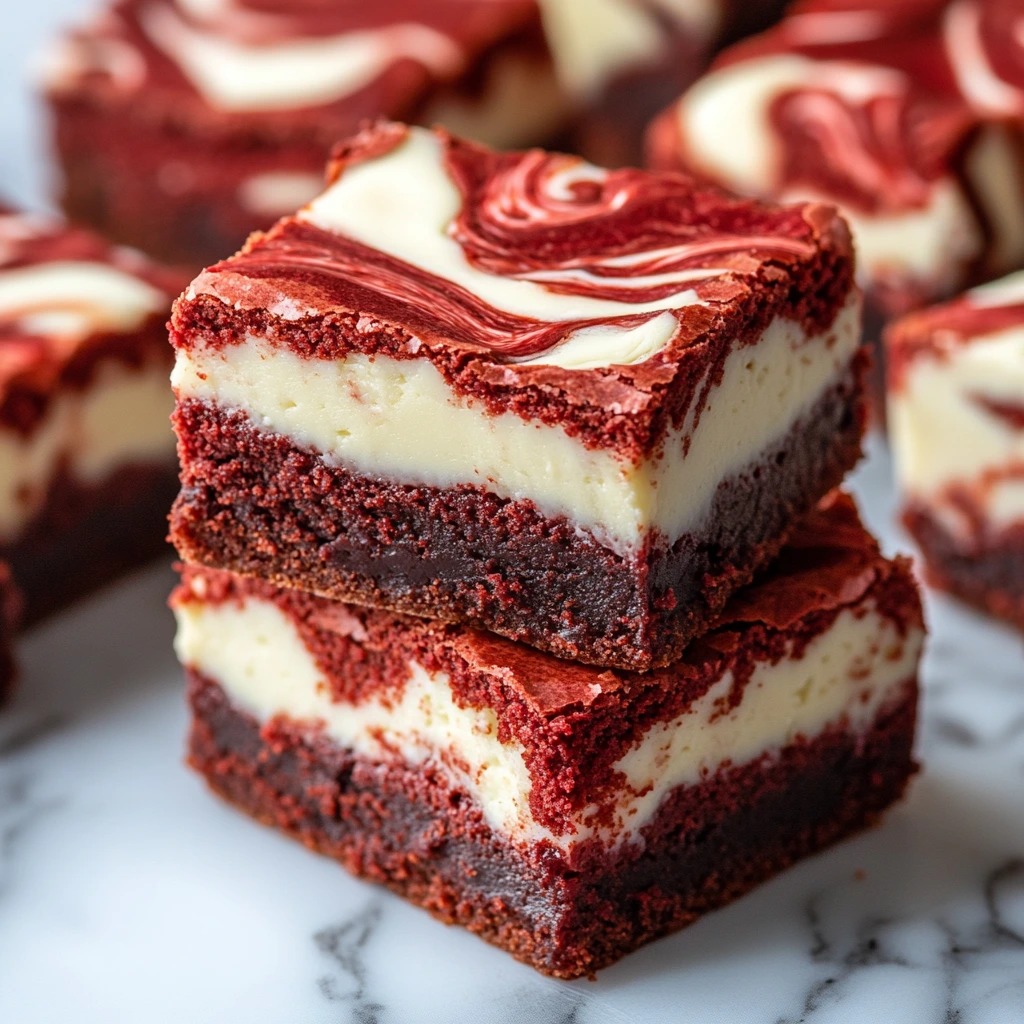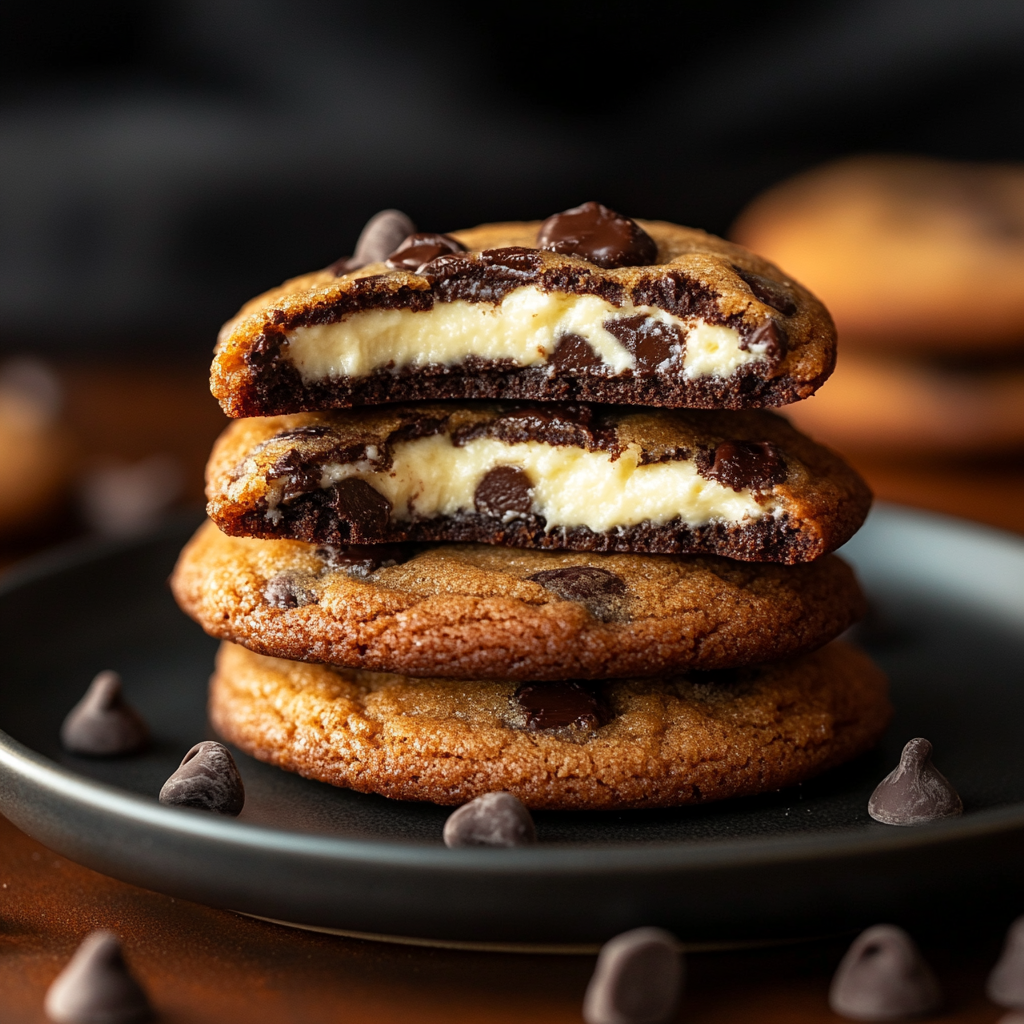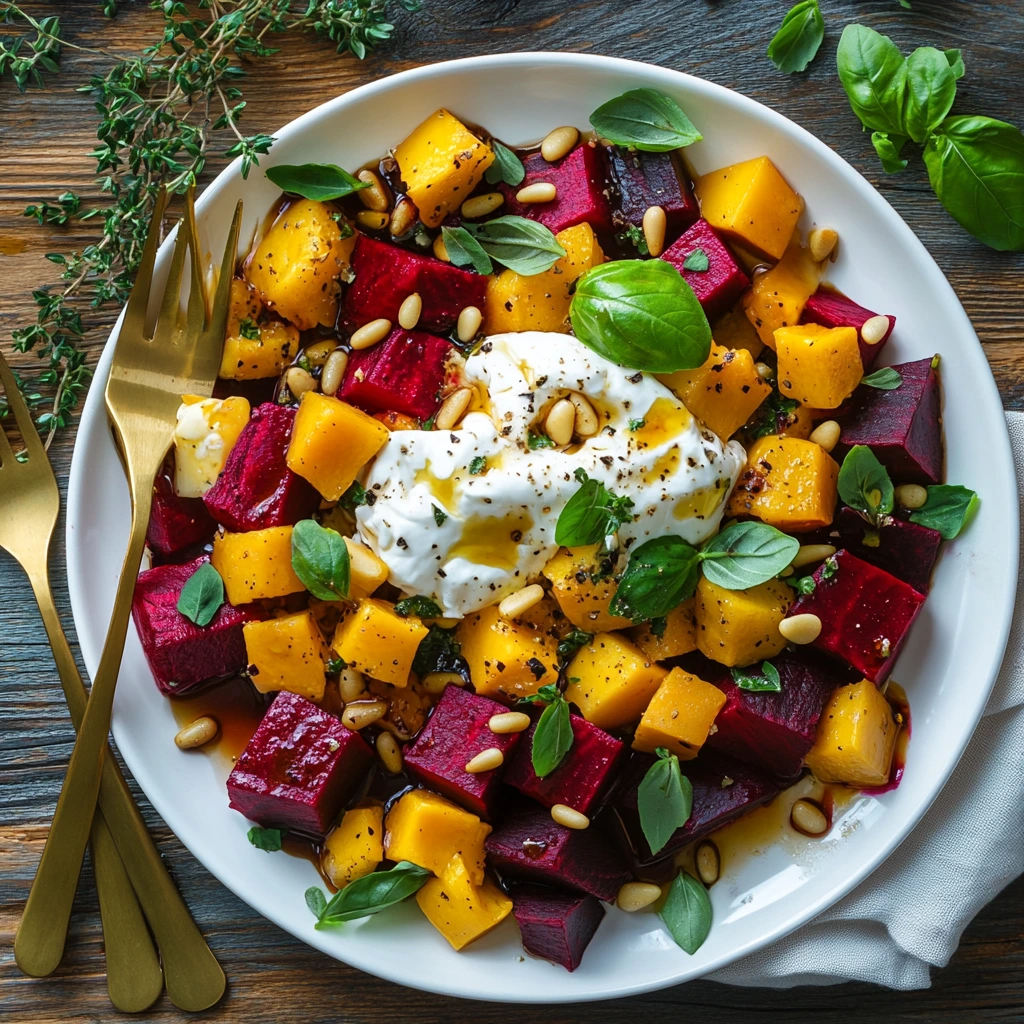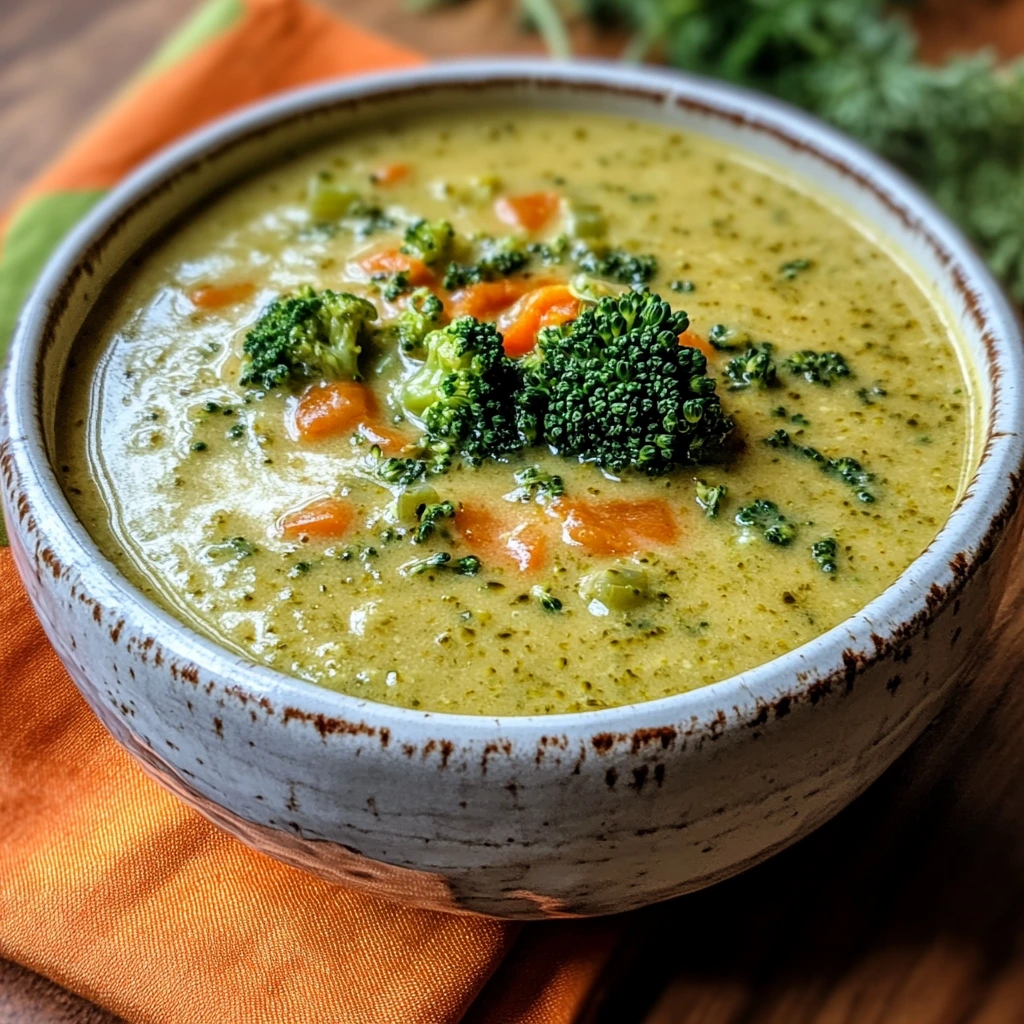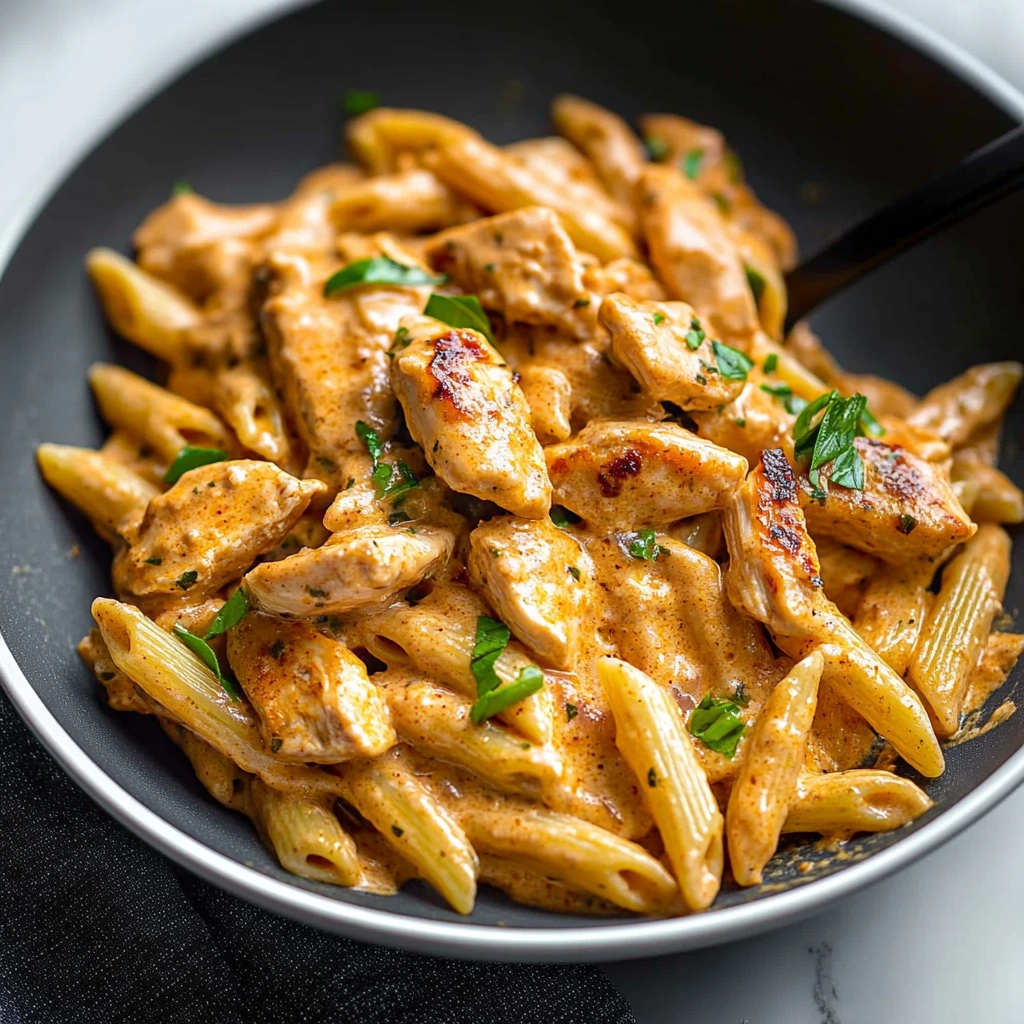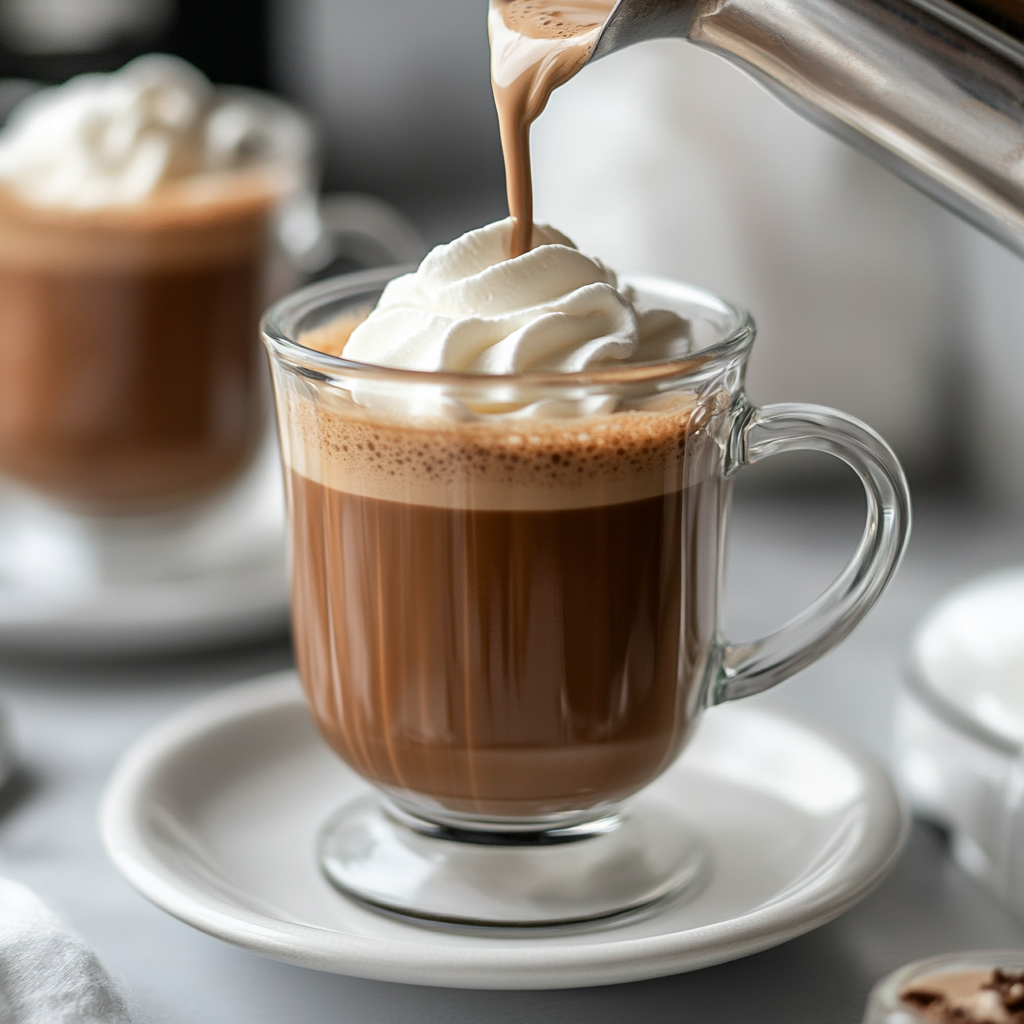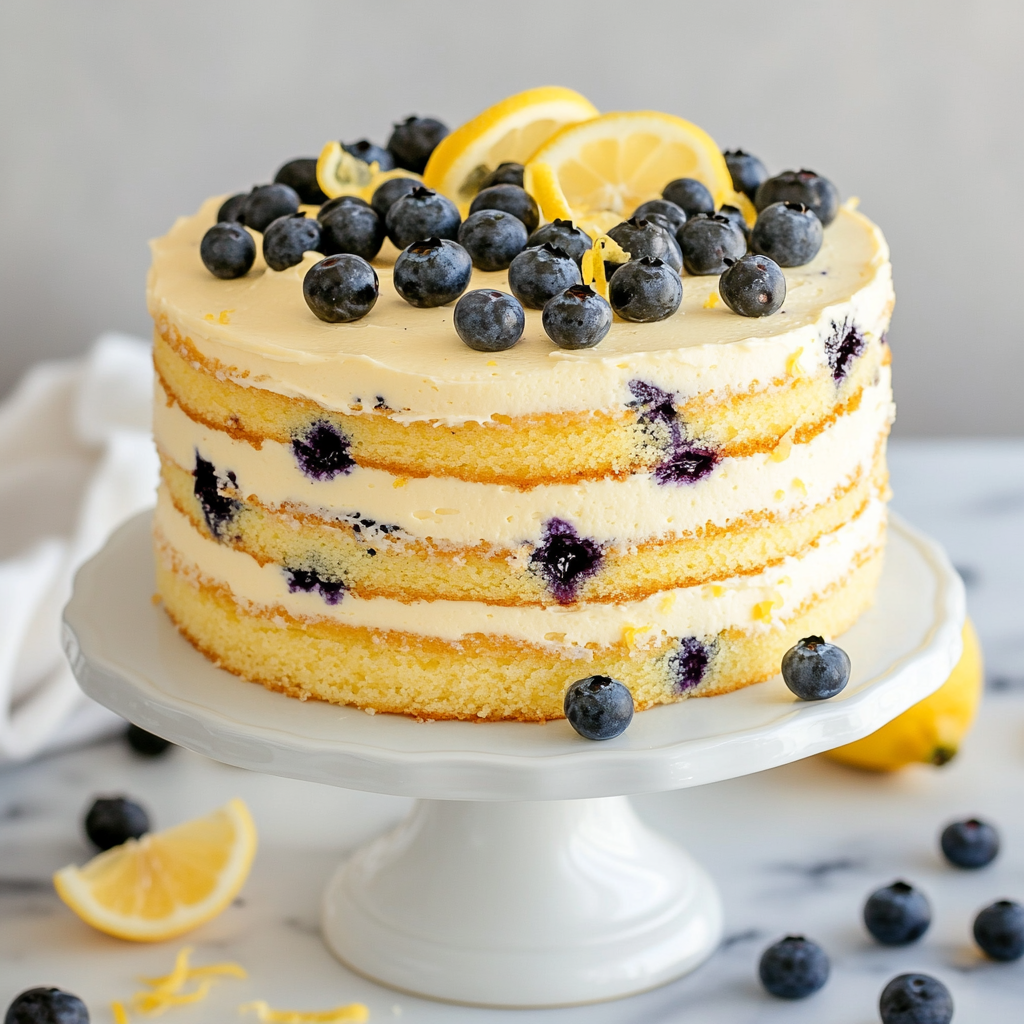Peanut butter cups are one of the most popular chocolate treats, and Reese’s is the undisputed king of this category. However, if you’ve ever tried making your own at home, you’ll know that homemade peanut butter cups can be even better—richer, creamier, and more customizable to your taste.
In this article, we’ll explore why homemade peanut butter cups are superior, how to make them step-by-step, and even how they compare to Reese’s. Whether you’re looking for a healthier option, a diet-friendly version, or just a fun twist on a classic, this guide has you covered.
Reese’s Peanut Butter Cups have been a fan favorite for decades. Their iconic combination of creamy peanut butter and rich chocolate makes them a go-to snack for chocolate lovers. However, while Reese’s is widely available, many people find that the flavor and texture can be improved by making them at home.
Homemade peanut butter cups allow you to control the ingredients, experiment with flavors, and avoid unnecessary additives. By using high-quality chocolate, natural peanut butter, and your preferred sweeteners, you can create a version that suits your taste and dietary preferences. Plus, homemade versions can be customized with fun add-ins like sea salt, caramel, or even different nut butters.
If you’ve ever wished for a peanut butter cup with a thicker chocolate shell, creamier peanut butter filling, or less processed sugar, this guide will show you how to make your own superior version at home.
Why Make Your Own Peanut Butter Cups?
Making homemade peanut butter cups isn’t just about taste—it’s about having full control over the ingredients and quality. Here’s why they can be better than store-bought versions like Reese’s:
- Healthier Ingredients – Store-bought peanut butter cups often contain artificial preservatives, hydrogenated oils, and high amounts of sugar. By making your own, you can use natural peanut butter, high-quality chocolate, and healthier sweeteners like honey or maple syrup.
- Customization – Want a dark chocolate shell instead of milk chocolate? Prefer almond butter to peanut butter? You can customize homemade peanut butter cups however you like.
- Better Taste & Texture – Homemade versions often have a fresher, creamier peanut butter filling and a richer chocolate coating. Plus, you can control the thickness of the chocolate shell.
- Dietary Preferences – Whether you’re keto, vegan, gluten-free, or dairy-free, homemade peanut butter cups can be tailored to your specific dietary needs.
Ingredients for the Best Peanut Butter Cups
To make the ultimate homemade peanut butter cups, start with high-quality ingredients:
- Chocolate: Choose your favorite type—dark, milk, or white chocolate. For a sugar-free option, try a keto-friendly chocolate sweetened with stevia or monk fruit.
- Peanut Butter: Use natural, unsweetened peanut butter for a richer taste and smoother texture. Avoid brands with added sugar and hydrogenated oils.
- Sweeteners: If you want a healthier alternative to powdered sugar, consider using honey, maple syrup, or erythritol.
- Coconut Oil (optional): Helps keep the chocolate smooth and easy to bite into.
- Vanilla Extract: Adds extra depth to the peanut butter filling.
- Sea Salt: A pinch of salt enhances the chocolate and peanut butter flavors.
Step-by-Step Recipe for Homemade Peanut Butter Cups
Making homemade peanut butter cups is surprisingly easy, and the results are far better than store-bought versions. Follow this step-by-step guide to create creamy, rich, and delicious peanut butter cups right in your kitchen.
Ingredients:
To make approximately 12 peanut butter cups, you’ll need:
For the Chocolate Coating:
- 1 ½ cups high-quality chocolate (dark, milk, or white)
- 1 tablespoon coconut oil (optional, for smoother texture)
For the Peanut Butter Filling:
- ¾ cup natural peanut butter (smooth or crunchy, as preferred)
- 2 tablespoons powdered sugar or natural sweetener (honey, maple syrup, or erythritol for keto-friendly)
- ½ teaspoon vanilla extract
- ⅛ teaspoon sea salt (optional, for extra flavor)
Instructions:
Step 1: Melt the Chocolate
- Microwave Method: In a microwave-safe bowl, combine the chocolate and coconut oil (if using). Heat in 20-second intervals, stirring each time until the chocolate is fully melted and smooth. Be careful not to overheat, as chocolate can burn quickly.
- Double Boiler Method: Place a heatproof bowl over a saucepan with simmering water. Stir the chocolate and coconut oil until melted and glossy.
Step 2: Prepare the Peanut Butter Filling
- In a medium bowl, mix the peanut butter, powdered sugar (or alternative sweetener), vanilla extract, and sea salt until smooth and well combined.
- If the mixture is too runny, refrigerate it for 5-10 minutes to firm up before assembling the cups.
Step 3: Assemble the Peanut Butter Cups
- Line a muffin tin with paper liners (mini or standard size).
- Spoon 1 teaspoon of melted chocolate into each liner, spreading it evenly across the bottom.
- Place the tray in the freezer for 5 minutes to allow the chocolate layer to set.
- Once set, add 1 teaspoon of peanut butter filling on top of the chocolate layer, gently spreading it without reaching the edges.
- Pour another teaspoon of melted chocolate over the peanut butter, ensuring it fully covers the filling.
- If desired, sprinkle a pinch of sea salt on top for extra flavor.
Step 4: Chill & Set
- Place the muffin tin in the freezer for 15 minutes or in the refrigerator for 30 minutes until the chocolate is firm.
- Once set, remove the peanut butter cups from the liners and enjoy!
Storage Tips:
- Fridge: Store in an airtight container for up to 2 weeks.
- Freezer: Keep for up to 3 months—just let them sit at room temperature for a few minutes before eating.
How Do Homemade Peanut Butter Cups Compare to Reese’s?
Reese’s Peanut Butter Cups are a classic, but once you’ve tried homemade peanut butter cups, you’ll notice some major differences. Let’s break it down:
1. Texture: Creamier & Smoother
- Homemade: You have complete control over the peanut butter filling’s consistency. You can make it ultra-smooth, whipped, or even chunky if you prefer added texture.
- Reese’s: The filling tends to be drier and grainier, which some people love but others find too crumbly.
2. Chocolate Quality: Richer & More Decadent
- Homemade: You can use premium chocolate—dark, milk, white, or even sugar-free. You can also control the thickness of the chocolate shell.
- Reese’s: Uses a thinner milk chocolate coating with added stabilizers and artificial flavors.
3. Flavor Balance: Less Artificial, More Peanut-Forward
- Homemade: You can control the sweetness level and enhance the nutty taste by using natural peanut butter with minimal sugar. Adding sea salt, vanilla, or even spices can further enhance the flavor.
- Reese’s: Known for its distinct sweet-salty balance, but it relies on added sugars and emulsifiers to achieve its signature taste.
4. Ingredients: Cleaner & More Natural
- Homemade: No preservatives, artificial flavors, or hydrogenated oils. You can use organic, non-GMO, and allergy-friendly ingredients.
- Reese’s: Contains artificial stabilizers, hydrogenated oils, and processed sugar to maintain shelf stability.
5. Customization: Endless Possibilities
- Homemade: You can make keto, vegan, gluten-free, or nut-free versions. You can also add caramel, coffee, cinnamon, or even chili for a unique twist.
- Reese’s: Offers different variations, like dark chocolate or mini cups, but customization is limited.
Final Verdict: Homemade Peanut Butter Cups Win!
While Reese’s are convenient and nostalgic, homemade peanut butter cups offer a fresher taste, higher-quality ingredients, and the ability to customize every detail. If you love peanut butter cups, making them at home is definitely worth it!

Best Store-Bought Alternatives to Reese’s
If you’re looking for a peanut butter cup that’s better than Reese’s but don’t want to make them from scratch, here are some top alternatives:
1. Justin’s Dark Chocolate Peanut Butter Cups
- Made with organic ingredients and less sugar.
- Rich dark chocolate complements the smooth peanut butter filling.
2. Unreal Peanut Butter Cups
- Non-GMO and free from artificial ingredients.
- Available in dark chocolate and crispy quinoa varieties.
3. Lily’s Sugar-Free Peanut Butter Cups
- Sweetened with stevia, making them keto-friendly.
- Great option for those reducing sugar intake.
4. Trader Joe’s Dark Chocolate Peanut Butter Cups
- Made with high-quality dark chocolate.
- Slightly thicker peanut butter filling compared to Reese’s.
5. ChocZero Keto Peanut Butter Cups
- Sugar-free and made with monk fruit sweetener.
- Rich, creamy, and perfect for low-carb diets.
Which One Should You Try?
If you love organic and slightly healthier options, Justin’s and Unreal are excellent choices. If you’re on a low-sugar or keto diet, Lily’s and ChocZero are great picks. And if you want a budget-friendly alternative, Trader Joe’s peanut butter cups are a delicious option!
FAQs
1. What makes homemade peanut butter cups better than Reese’s?
Homemade peanut butter cups use fresher, higher-quality ingredients without preservatives. You also have full control over the chocolate, peanut butter, and sweetness levels, allowing for a more customized and richer flavor.
2. How can I make peanut butter cups without dairy?
Use dairy-free chocolate brands like Enjoy Life or Hu Kitchen. Replace regular peanut butter with a dairy-free alternative like sunflower butter or almond butter. Coconut oil can also help achieve a smooth texture without using milk-based ingredients.
3. Can I use almond butter or another nut butter instead of peanut butter?
Absolutely! Almond butter, cashew butter, or even sunflower seed butter work well as substitutes. Each will bring a slightly different flavor, so experiment to see which one you prefer.
4. How do I keep homemade peanut butter cups from melting?
Store them in an airtight container in the fridge or freezer. If you need them to stay solid at room temperature, temper the chocolate properly to give it a stable, glossy finish that resists melting.
5. What’s the best way to store homemade peanut butter cups?
For best results, store them in the refrigerator for up to two weeks or in the freezer for up to three months. Let frozen cups sit at room temperature for a few minutes before eating to soften slightly.
Print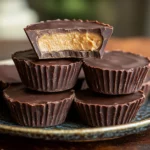
Better Than Reese’s Peanut Butter Cups
Description
This article is a comprehensive guide to making homemade peanut butter cups that are better than Reese’s in terms of taste, texture, and ingredient quality. It covers why homemade peanut butter cups are superior, provides a detailed step-by-step recipe, explores creative variations, and compares homemade versions to Reese’s. Additionally, it includes the best store-bought alternatives and answers common FAQs for readers looking for healthier, diet-friendly, or customizable options.
Ingredients
- 1/2 cup peanut butter or any nut butter like almond butter (125g)
- 1 Tbsp. of softened butter optional (15g)
- 1 cup powdered sugar added gradually, may need a little more or less (125g)
- 1 cup milk chocolate candy melts 175g
- 1 cup dark chocolate a combination of chocolate bars and chocolate chips, etc (175g)
- 1/2 tsp. salt 2g
Instructions
-
In a medium bowl combine the peanut butter, salt, and softened butter.
-
Gradually add the powdered sugar until it comes together and forms a dough with a “playdough” consistency. You should be able to form it into a disc without it sticking to your fingers.
-
Melt your chosen chocolate in the microwave using bursts of 25 seconds, then stir, 25 seconds then stir, until it is melted. Or use a double boiler which consists of a small pot of water, and a metal larger bowl resting on top. Place the chocolate in the metal bowl and turn the stovetop on to medium. The steam from the hot water will heat the bowl melting the chocolate.
-
Fill the bottom of each paper cup with some chocolate. Then form the peanut butter mixture into discs and place those on top of the first layer of chocolate.
-
Pour a top layer of chocolate creating the peanut butter cup. Once all are filled, place the pan in the fridge to allow the chocolate to set. It only takes 20 to 30 minutes. Now enjoy! Very easy right?
Notes
1. Chocolate Selection Matters
- For a richer taste, use dark chocolate (70% cocoa or higher).
- If you prefer a sweeter taste, go with milk chocolate.
- For a white chocolate version, use high-quality white chocolate and reduce the sweetener in the peanut butter filling to balance the flavors.
- To make sugar-free or keto peanut butter cups, use a chocolate sweetened with stevia or monk fruit.
2. Choosing the Right Peanut Butter
- Natural peanut butter (just peanuts and salt) gives the smoothest and most authentic peanut butter flavor.
- If using store-bought peanut butter with added sugar, reduce the additional sweetener in the recipe.
- For a crunchy version, use crunchy peanut butter or stir in chopped peanuts.
3. Sweetener Options
- Powdered sugar gives a traditional sweetness.
- Maple syrup or honey work well for a refined sugar-free version.
- Erythritol or monk fruit make this recipe keto-friendly.
4. Layering & Assembly Tips
- To ensure even layers, tap the muffin tin on the counter to spread the chocolate evenly before freezing.
- If you want a thicker chocolate shell, apply a second layer of melted chocolate before sealing the peanut butter filling.
5. Storage & Shelf Life
- Refrigerator: Store in an airtight container for up to two weeks.
- Freezer: Freeze for up to three months. Let them sit at room temperature for a few minutes before eating.
- Room Temperature: If tempered properly, they can last for a few days without melting.


